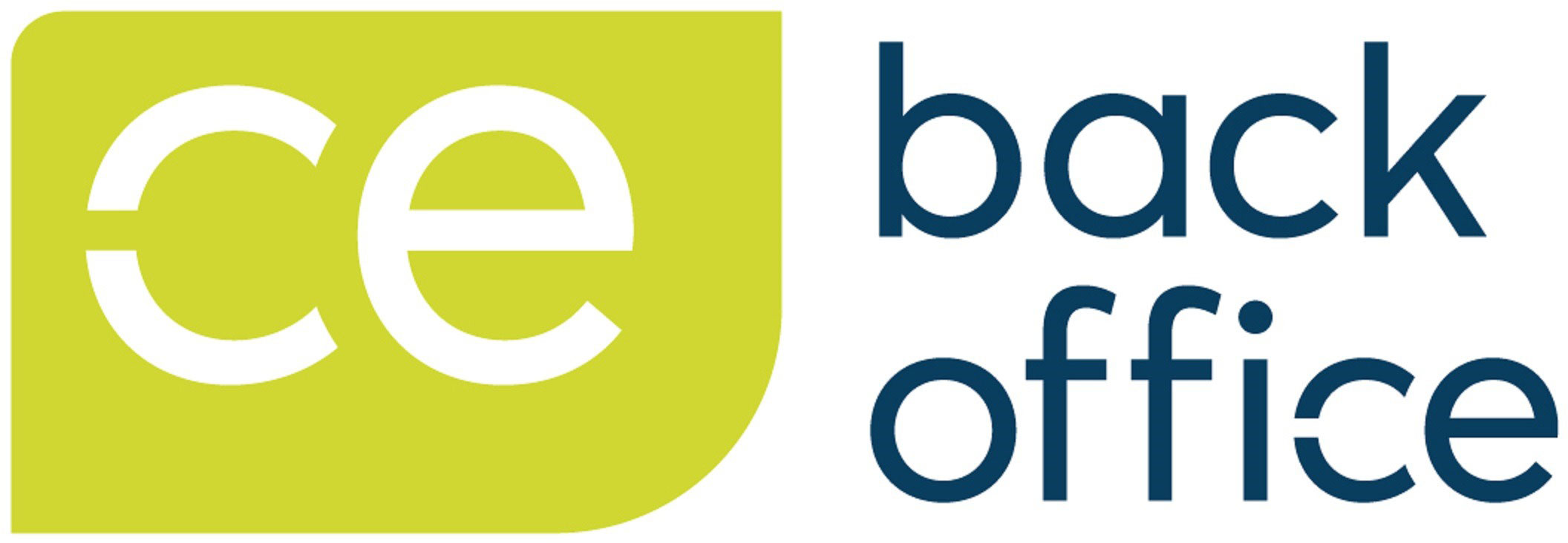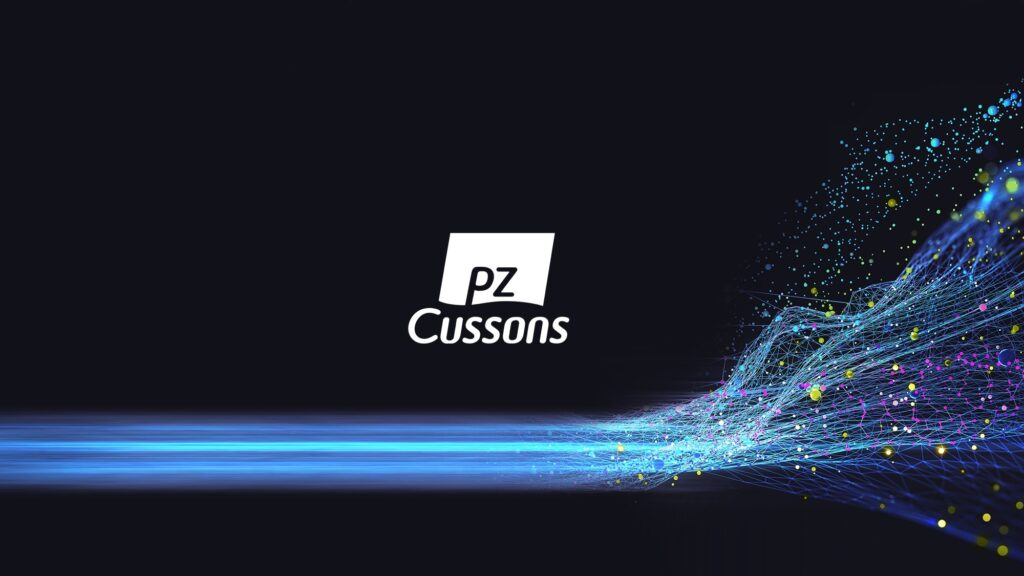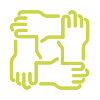Read an article by Dan Cave from Unleash about how one of our clients, PZ Cussons are benefiting from undertaking a HR Transformation. Julian Sykes the Talent Director, reveals how it’s new HR strategy has technology at its center. From the outside in, PZ Cussons might not look like a business that needs a strategic overhaul. The Manchester-headquartered personal healthcare and consumer goods organization is a FTSE 250 constituent, has growing revenue, and sells popular brands that end up in shopper’s baskets all over the world, such as Carex, Imperial Leather, and Venus for You.
Yet, up until two years ago declining profitability and a recent lack of strategic direction, says Julian Sykes, group talent director at PZ Cussons, sparked the 138-year-old firm into taking action.
“As a result, the last two years have been a turnaround situation: we’ve got new leadership and a new strategy with business performance right at the heart of it,” Sykes tells UNLEASH.
Transformation strategy
Part of this turnaround has already been realized already with growing 2021 dividend payments and an upswing in pre-tax profit.
It’s all underpinned by a turnaround master plan which states that going forward, key brand focus, delivering for consumers, simplification, people development, and sustainable growth will be at the core of PZ Cussons’ operations.
Whilst some of this turnaround will inescapably be consumer focused, investing in core products and campaigns around them, there will be a focus on PZ Cussons’ people, too — especially as the firm has even bigger plans going forward. Already, PZ Cussons has stripped out managerial layers, reshaped the executive leadership team, focused on leadership visibility and workforce-management communications, and zoomed in on wellbeing. It has also started to think about what better talent management, the realization of organizational values, and retention might mean for the business as it aims to level up. Sykes also explains that a shift in HR technology practices will also be the centerpiece of this change in order to simplify people operations, better understand skills ownership and utilization, empower employees and performance, drive efficiencies and ensure better governance and cultural outcomes.
“[Before the turnaround strategy] we had no single unifying people system. We didn’t really know the people we had, the skills we had, where they were, and whether we were deploying skills and talent in the right way,” Sykes adds.
With such across-the-board improvement in their sights, Sykes hopes that continued successful implementation, adoption, and use of new HR systems technology will also change HR’s role in the business.
“As a result, we should no longer operate administratively. We should be there to diagnose the business, to upskill employees and managers, and take on a much more strategic role,” he explains.
HRIS as the transformative solution
Yet before the realization of such transformative ambitions, PZ Cussons needed an HRIS that could cope with the lofty demands the HR function intended to put upon it.
As Sykes explains, this system needed to be able to simplify, cope with different operational models in different geographical areas, help give better sight of costs, decision-making, and organizational structures, improve governance, and boost key areas of HR practice and workplace culture.
“The people and culture piece is the piece we are most passionate about: its about empowerment, how we make opportunities visible, how we grow skills, grow careers and set up people for flourishing lives within our organization,” he explains.
Choosing to partner with Workday, Sykes adds that part of the choice was not only because the tech vendor could deliver on varied HR aims but also create operational efficiencies via self-service capabilities, unify existing processes, as well as global HR operations, and create a center of expertise.
“It’s allowed us to reach the exciting next stage where we can move forward on the change roadmap and ask: How do we manage and run brilliantly? How do we draw out the data and insight that can allow us to continuously improve?” he adds
Performance management and development in the crosshairs
Whilst this technology-backed HR evolution is still in the early days, Sykes is particularly excited about how it, amongst other benefits, might help improve individual development and performance whilst better aligning these areas with business needs.
This focus on performance was sparked by the results of a global engagement survey, undertaken before PZ Cussons’ strategy pivot, which showed that there was a workforce appetite for better growth, development, visibility of career options, and access tools to help with that.
For Sykes, technology is a key part of delivering on this people demand. As he describes, for the first-time PZ Cussons can input performance goals into a single system, align this to learning, and improve the visibility of available next roles across the business. Plus make sure that this benefits the business and improves the enjoyment and learning of the individual worker.
“Before, discovering a new role was a dark art whereas now we have a combination of visibility and accountability which sums up our cultural shift,” Sykes says.
With performance data all in one system, the business can also then begin to use it to spot trends, analyze top performance, and look at why this might be the case. “We can ask who are our superstar leaders? What are they doing differently? And, how do we bottle this for elsewhere?”
Admitting that the employer wasn’t even able to ask these questions before, Sykes explains that success here will be an increase in internal mobility and retention of top talent whilst he also has half an eye on the future, where there might be potential to use the system to push employees to apply for gigs or roles within the business as needs arise.
Yet, success overall will have to take into account adoption rates of new technology, whether that adoption is resulting in business efficiencies, if it has boosted employee engagement, and whether top talent feels their careers are benefiting.
Any positive outcome should also be reflected in leadership and cultural evolution, Sykes adds: “I’m not claiming success yet but I want us to have a leadership where we’re proud to nurture talent and move it on.”
This WILL change HR
For Sykes, this shift in practice then works to change what HR teams are all about, explaining that with so many systems data should change the traditional manner in which HR partnered with the business.
“We should no longer be there to carry the bag or do certain administrative tasks for senior leaders. We have got to be there to diagnose the business and we want our business partners to be data hungry, too,” he explains.
As such, he explains that any successful technology adoption — and that means successfully selling the utilization of the systems to all employees in a way that they get tangible benefits; which also means HR gets more access to data, trends, and analysis — should then help HR evolve and begin to drive the business forward.
“We should be able to support the organization and come with observations that drive greater value — which might be around structure or skills, or market trends and then ideas around how we’re going to build capability.
“Without sounding too broad brush, it’s about changing the purpose and function of HR within the business.”






